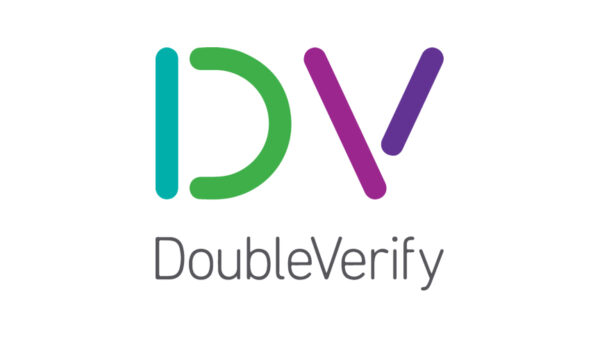With many schoolchildren being able to access the internet without adult supervision, they are inadvertently exposed to indecent photos and videos which may not be limited to just actual search anymore. Online sites have found creative ways to lure the youth into checking out sexually-charged materials through keywords that may seem harmless, spam emails, or unrelated topics, to expose them involuntarily to sexual activities.
Much worse is that friends and even strangers are able to force children to share naked photos or videos of them engaging in sexual activities.
This situation was highlighted in the recent National Baseline Survey – Violence Against Children (NBS-VAC) which stated that about 2.9% of children have their own nude body or own sexual activities shown via the internet or mobile phone, 28% have been presented images of sexual activities of other people, and 35.4% have received sexually charged, negative, foul words or messages.
On the other hand, the Department of Justice’s Office of Cybercrime (OCC) reported receiving 37,715 cyber tips from the National Center for Missing and Exploited Children (NCMEC) in 2016 which grew to 45,645 in 2017, while the Department of Social Welfare and Development (DSWD) reported 172 cases of child pornography in 2017, up from 62 cases the previous year.
In view of the alarming statistics and its commitment to child protection, the Department of Education (DepEd) is adopting Globe’s Digital Thumbprint Program (DTP) as part of the K-to-12 Values Education subject to create a safer online environment for the younger members of society (https://youtu.be/8RczUUX46bE).
DTP was designed to mold children into becoming responsible online citizens through learning modules and workshops that take a closer look at their online behavior and help boost their knowledge regarding digital citizenship and cyber safety for a more enjoyable and protected internet experience.
“While the internet helps children search information and communicate with their peers, it also comes with a price. Now, there is a higher danger of children talking with strangers especially in social media platforms, forums, and online games. There are also more opportunities for them to be exposed to lewd materials, deliberately or accidentally. However, keeping them away from computers and mobile phones is not the answer. Children must be taught how to protect themselves from these threats,” said Miguel Bermundo, Globe Head for Citizenship.
Globe, being a leader in digital transformation, has always been a strong advocate of digital literacy, especially in public schools. In 2016, Globe introduced DTP which contributes in creating a safer online environment for the younger members of society. There are four modules under DTP, which include “Digital Insight,” with activities that help students discern proper online behavior to secure their information better; “Digital Impact” tackles issues on technology’s impact on students’ social activities; “Digital Ambition” equips them with skills on using technology to help achieve their life goals; and “Digital Discernment” teaches the youth how to spot false information online.












































































































